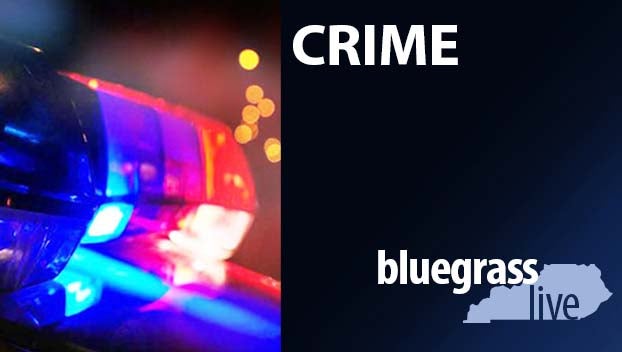Grim test scores reveal struggles Kentucky students face after pandemic
Published 2:13 pm Tuesday, October 18, 2022
Education in Kentucky faces its own difficult recovery from the COVID-19 pandemic, a grim fact revealed Tuesday by statewide test scores showing that many students from elementary to high school struggled across a span of core subjects.
Fewer than half of students tested statewide were reading at grade level, with even lower across-the-board scores posted in math, science and social studies.
Education Commissioner Jason Glass acknowledged there’s “no quick fix” to overcome challenges caused by the pandemic, when schools shifted to virtual learning and staff shortages were common. The recovery in education will take “time and resources,” he stressed.
“As expected, the COVID-19 pandemic has had a profound impact on our students and our schools as they continue to recover from the interrupted learning that occurred over the past two years,” Glass said. “These assessment results will serve as the baseline from which we will move forward as we look to new and innovative learning opportunities for all of Kentucky’s students.”
Kentucky House Speaker David Osborne responded Tuesday by saying the focus should be on services needed “to avoid a lost generation of children denied a chance to reach their potential.”
Democratic Gov. Andy Beshear, who refers to public education as his top priority, said he understood what parents went through as their children were educated from home.
“As governor, and as the parent of public school students, I am committed to ensuring we do everything possible to help every child reach their full potential and to rebound from what history shows us occurs as the result of difficult and deadly times of pandemic or war,” Beshear said.
Coronavirus-related deaths in Kentucky have surpassed 17,000, the governor said.
Kentucky has received more than $2 billion in federal funding through the Democratic-backed American Rescue Plan passed by Congress last year. The funding aims to help accelerate learning and provide additional support to districts and the students who need it the most.
The state’s GOP-led legislature approved more than $4.5 billion for K-12 public education in each year of the two-year budget passed during this year’s regular legislative session, Osborne said.
“However, all the money in the world won’t help without the right policies,” the Republican speaker said. “We look forward to continuing to work with parents, educators and other stakeholders to ensure those policies are in place, as well as providing additional learning opportunities for students from all socio-economic backgrounds.”
Lawmakers are scheduled to reconvene in early January.
Kentucky’s test results are consistent with what many other states are experiencing, Glass said.
In Kentucky, the test scores for the 2021-2022 academic year were released Tuesday by the state Department of Education. The assessments were given last spring to more than 383,000 students in grades three through eight and 10 through 11.
“It’s important for all of us to use this data responsibly to help inform parents and families about their students’ schools and to allow local leaders to target resources to communities and schools that need them most,” Glass said.
The results showed that 45% of elementary school pupils scored proficient or distinguished on their reading tests — indicating they are where they should be. Nearly the same percentage of middle and high school students tested at proficient or distinguished levels in reading.
Overall scores were worse in other core subjects. Fewer than 40% of students across all the grade levels tested scored proficient or distinguished in math. In science, the highest overall scores were at the elementary-school level, with 29% scoring proficient or distinguished.
State education officials cautioned that this year’s scores can’t be directly compared with previous tests because of changes to the test itself.
Before the pandemic, about 53% of Kentucky students scored proficient or distinguished on their reading tests, the Courier Journal reported. Before COVID-19, a little more than 40% of students could solve math questions that educators think they should know, the Louisville newspaper said.
Based on data from last school year, the accountability system also provides a color-coded rating for all schools at each level — elementary, middle and high. Ratings range from red (lowest) to blue (highest). Districts receive a separate color-coded rating for each level of schools.






